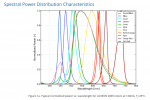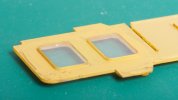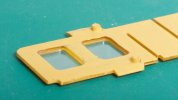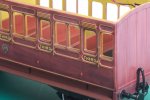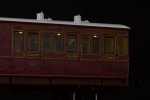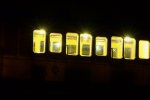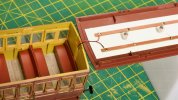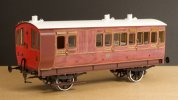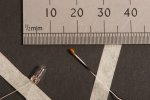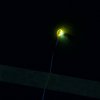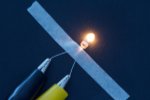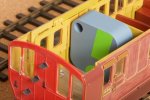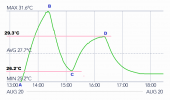magmouse
Active Member
Richard - your experiments are very helpful, and I think the effect of the colour you have applied works well (as far as we can judge from the photos). The untreated LEDs look like they might be an OK representation of incandescent gas lighting, with that slightly acid yellow quality.
Dave - thanks for showing your experiments with painting the window mouldings. I have had the same thought for the Dapol auto trailer which I need to detail and add lighting to, but I haven’t yet got around to testing it. My plan is to use a very thin self-adhesive wood veneer to make the coach interior panelling, and paint the edges of the glazing as you have done to represent the window reveals and stop the nasty light effects. Your trial certainly gives me hope that this can work.
Nick.
Dave - thanks for showing your experiments with painting the window mouldings. I have had the same thought for the Dapol auto trailer which I need to detail and add lighting to, but I haven’t yet got around to testing it. My plan is to use a very thin self-adhesive wood veneer to make the coach interior panelling, and paint the edges of the glazing as you have done to represent the window reveals and stop the nasty light effects. Your trial certainly gives me hope that this can work.
Nick.

